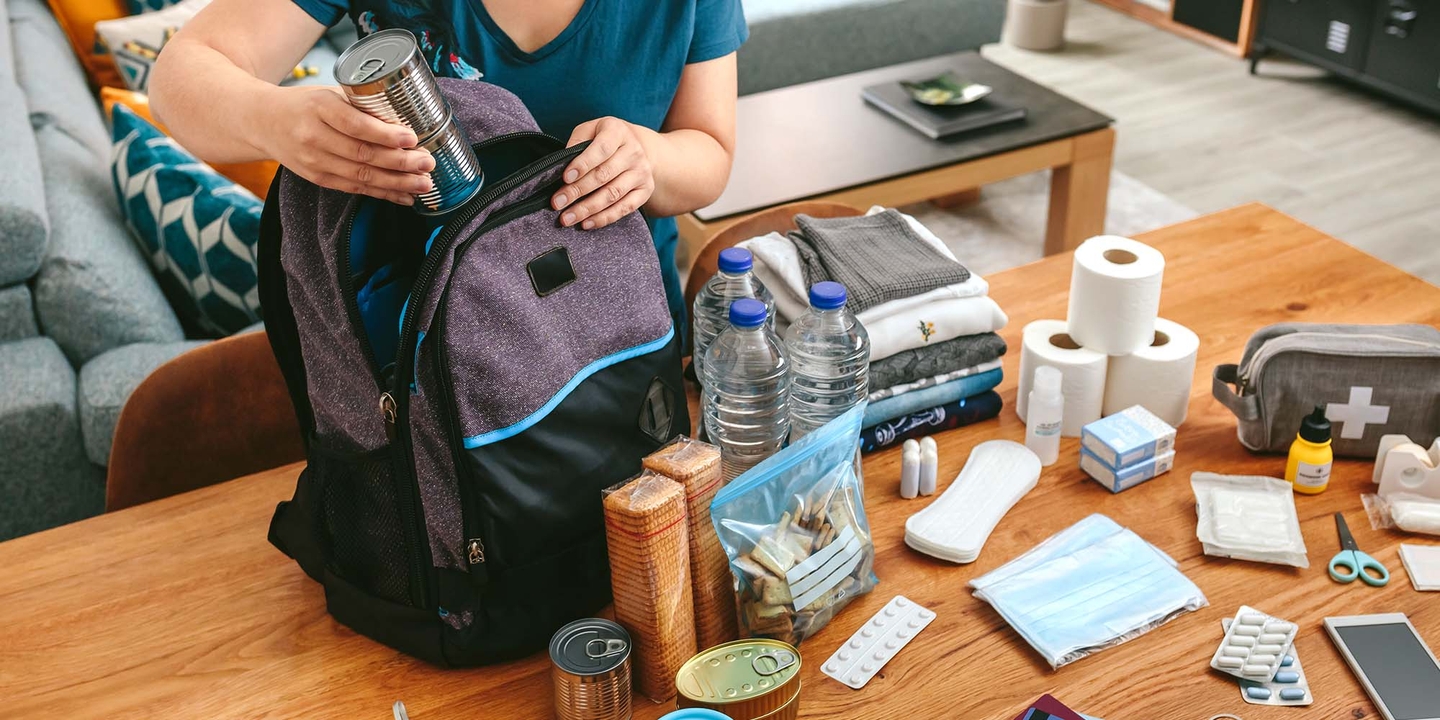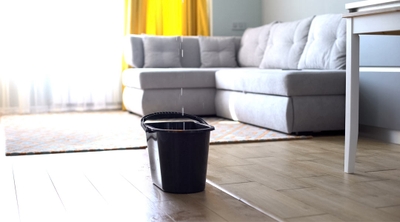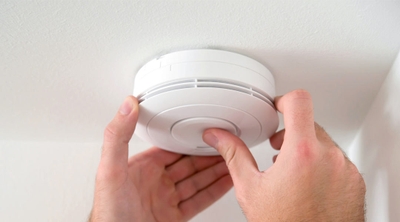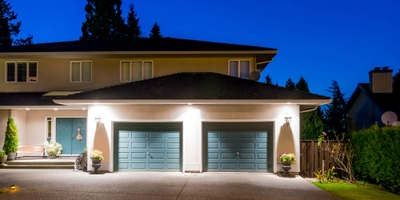How to make a home emergency kit
2 min read
When a natural disaster or other emergency strikes, it can leave individuals, neighborhoods, or whole cities without necessary supplies like food, water, and power. Taking the time to make a home emergency preparedness kit can help keep your family safe and minimize your discomfort in the wake of the unexpected. This kind of home emergency kit contains enough supplies to help you and your loved ones meet basic needs for several days to a week while you wait out the emergency or look for information on severe weather.
What should be included in your home emergency kit checklist?
The Federal Emergency Management Agency (FEMA) recommends 10 items to include in your home emergency kit. Some of these items have clear, practical applications in a disaster, but others like toys and books for your children are just as important.
FEMA recommends the following home emergency kit contents:
- Several days worth of food and water for your family
- Several days worth of food and water for your pets
- Flashlight and extra batteries
- First aid kit, masks and basic tools
- Dust masks in case of environmental contamination
- Local maps in case of an evacuation
- Hand-crank radio & whistle
- Books, games, and activities
FEMA’s public disaster preparedness campaign, Ready.gov has a list of additional home emergency kit contents that you can add to your kit. The items you add will depend on your family’s needs and the disasters you might expect to face.
How to maintain your home emergency kit
Making an emergency preparedness kit isn’t a one-and-done activity. Check your kit’s contents regularly to ensure that flashlights and radios work, that food and medicine aren’t expired, and that the batteries work. The Red Cross recommends including a power bank or other device charger. Even solar and hand-crank chargers are available if your power bank runs out. Replace any items that are expired or non-functional as part of your regular home emergency kit testing.
Also, check the kit itself and ensure that whatever container you’ve used — a waterproof backpack is a good choice — is in good shape and doesn’t show signs of wear or damage.
Other home emergency preparedness tips
Preparing for a disaster is about more than just having the right supplies. It’s about knowing what to do in an emergency scenario. Consider taking a first aid or CPR course, learning essential home maintenance operations like shutting off water and power, and knowing how to use a fire extinguisher. You might also consider learning about which disasters are most common in your area and creating a plan of action in case you are driving during a tornado, or a disaster hits while you are separated from your family.
Another tip is to have more than one home emergency kit. The standard home emergency kit outlined above is a great starting point. Emergencies can happen at any time. It is a good idea to keep smaller versions of a home emergency kit in places you commonly go, like the office or in the trunk of your car.






